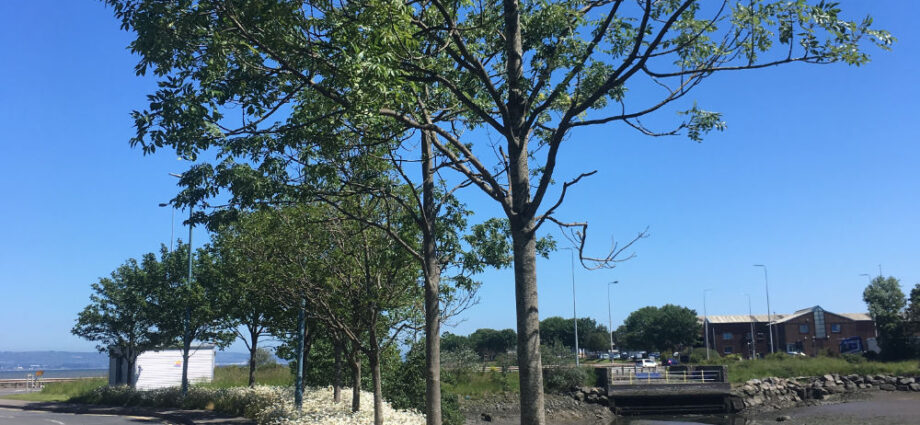Trees are an integral part of our landscapes, offering beauty, shade, and environmental benefits. However, there comes a time when tree removal becomes necessary for various reasons. Understanding when, why, and how to remove a tree is crucial for maintaining the safety and aesthetics of your property. This comprehensive guide will delve into the intricacies of tree removal, helping homeowners make informed decisions.
When to Consider Tree Removal
- Disease and Decay: One of the primary reasons for tree removal is disease or decay. Signs of a diseased tree include discolored leaves, soft, crumbly wood, and visible fungi, like mushrooms, growing at the tree’s base. A diseased tree can pose a risk as it weakens and becomes more likely to fall.
- Damage from Storms: Severe weather can cause significant damage to trees. If a tree is partially uprooted or large branches are broken, it may be necessary to remove it to prevent further damage to property or injury to people.
- Proximity to Structures: Trees that grow too close to homes or other structures can pose a risk. Roots can damage foundations, and overhanging branches can be hazardous in high winds.
- Dead Trees: Dead trees, devoid of leaves and brittle, are a safety hazard. They are more likely to fall and should be removed promptly.
- Overcrowding: Sometimes, trees need to be removed to allow for the healthy growth of other trees or landscaping elements.
Why Tree Removal is Important
- Safety: The most crucial reason for tree removal is safety. Dead or dying trees can fall without warning, posing a threat to people, pets, and property.
- Property Integrity: Trees with invasive root systems can damage sidewalks, driveways, and even house foundations, necessitating their removal.
- Aesthetic Reasons: Removing dead or diseased trees can improve the overall appearance of your property.
- Pest Control: Diseased trees can attract pests, which can then infest nearby healthy trees or even your home.
How to Safely Remove a Tree
Tree removal is a complex and dangerous task that should typically be handled by professionals. Here’s what the process involves:
- Assessment: A professional tree removal service will first assess the tree and its surroundings. This assessment determines the best method for removal, considering factors like the tree’s size, its proximity to structures, and the presence of power lines.
- Preparation: The area around the tree will be cleared, and a plan will be put in place to ensure the tree falls in a controlled manner.
- Cutting and Removal: The tree is cut using chainsaws and other equipment. For large trees, this may involve cutting the tree in sections, starting from the top.
- Stump Removal: After the tree is removed, the stump is typically ground down to prevent it from becoming a tripping hazard or attracting pests.
- Disposal: The removed tree is then disposed of, often through chipping or hauling away the wood.
Choosing a Professional Tree Removal Service
Given the risks involved, it’s crucial to choose a reputable tree removal service. Here are some tips:
- Check Credentials: Ensure the company is licensed and insured. This protects you in case of accidents or damage to your property.
- Experience and Reputation: Look for a company with a solid track record and positive customer reviews.
- Equipment and Techniques: A professional tree company should have the right equipment and use safe, up-to-date techniques.
- Cost: Get a detailed quote that includes all aspects of the job, from cutting down the tree to stump removal and cleanup.
- Consultation: A reputable company will offer a consultation to assess the tree and discuss the best course of action.
Conclusion
Tree removal is a significant decision and one that comes with its own set of challenges. Whether it’s due to safety concerns, disease, or property damage, understanding the when, why, and how of tree removal is essential. By recognizing the signs that indicate the need for removal and choosing the right professionals for the job, homeowners can ensure that their property remains safe, beautiful, and well-maintained. Remember, while trees add immense value to our lives and environment, sometimes removing them is the best course of action for the greater good of your property and its inhabitants.

